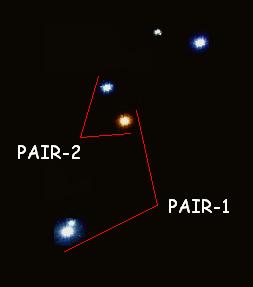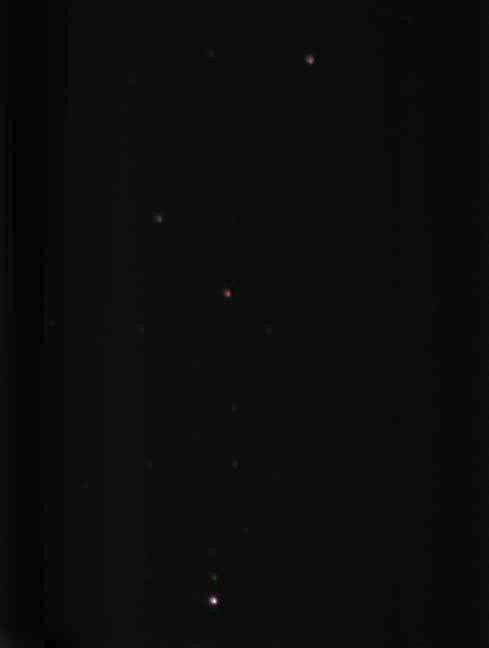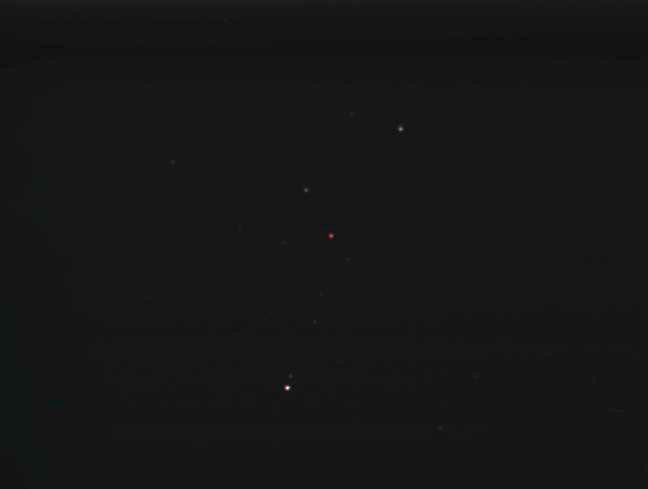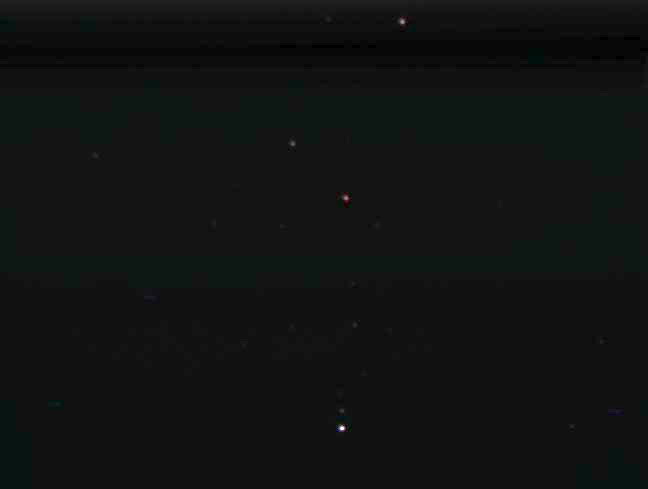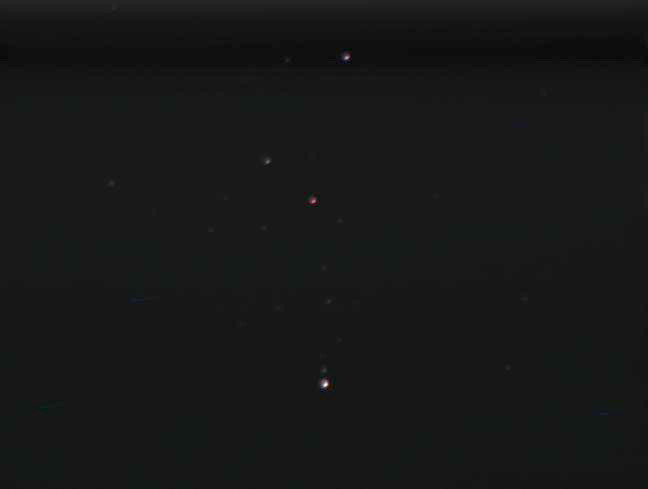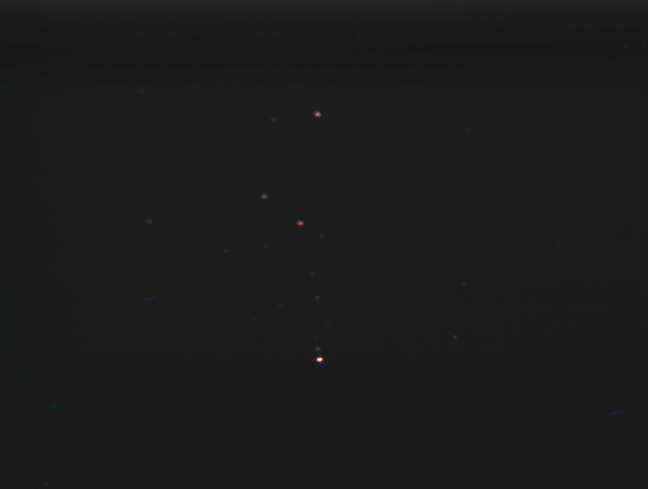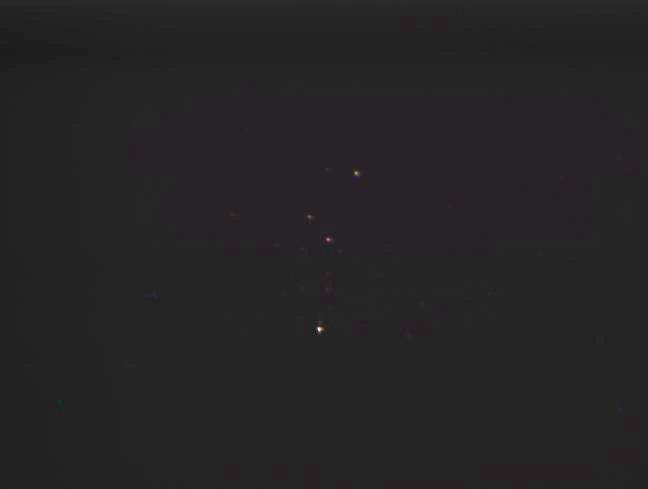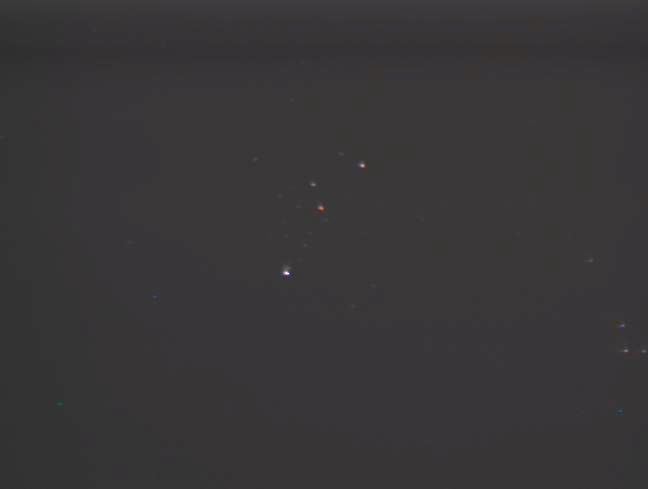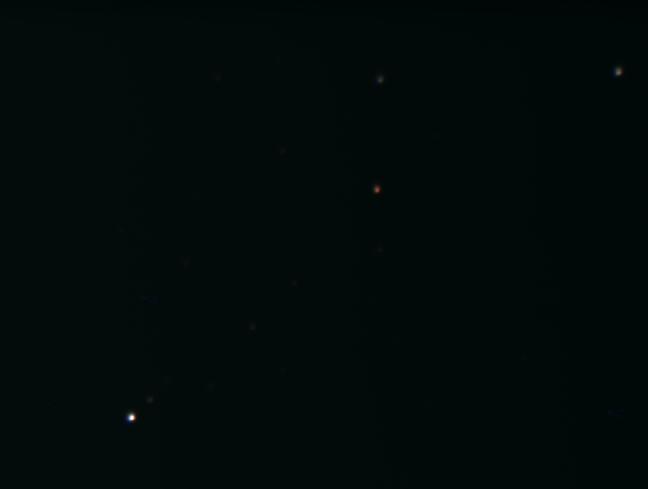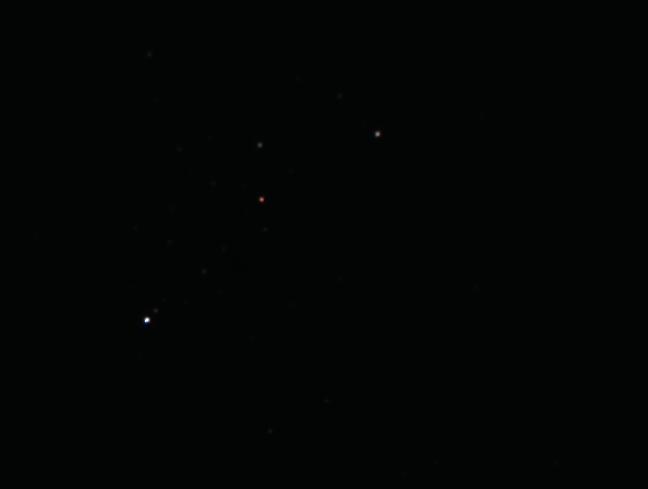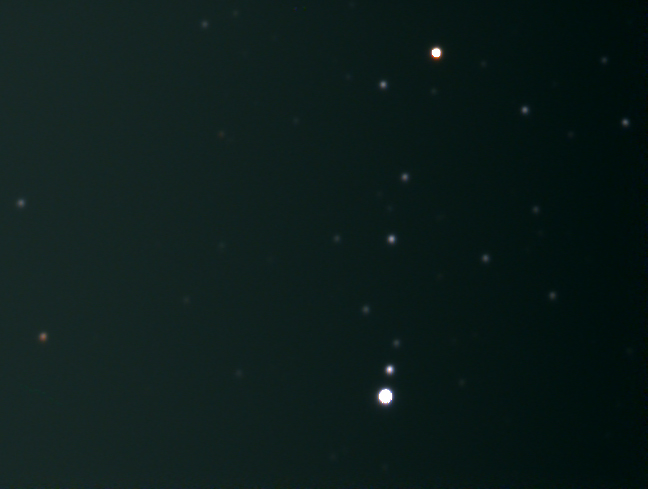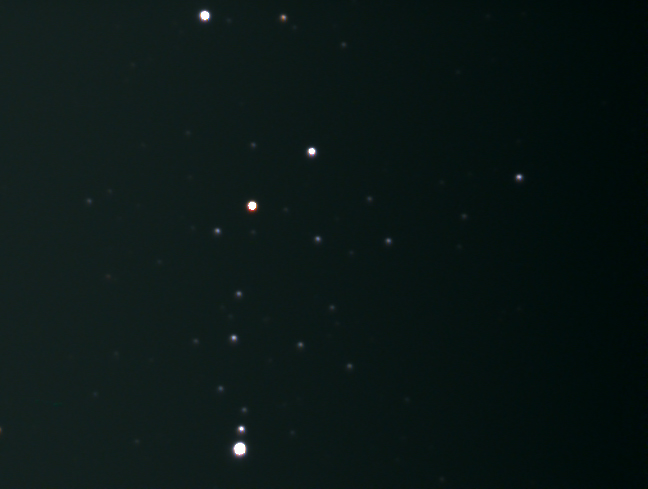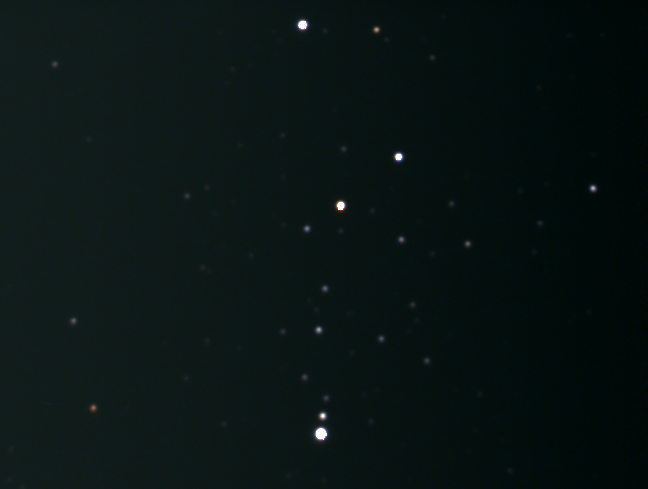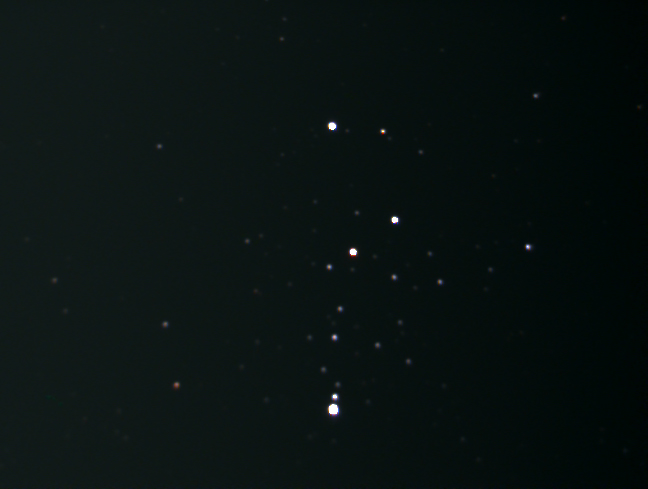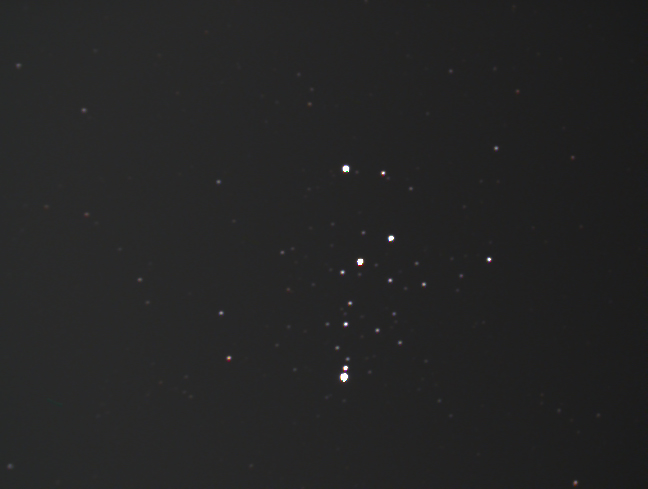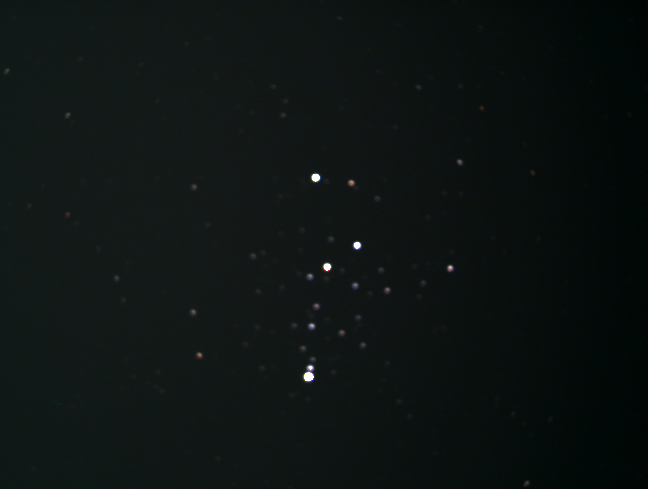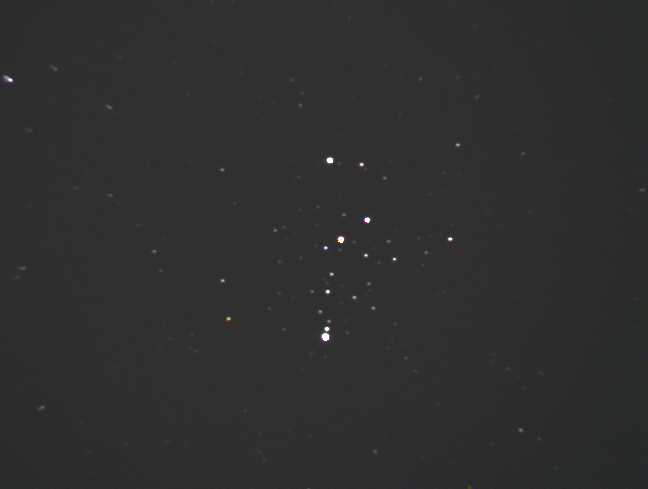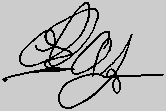|
Meade SCT Mount Focal Reducers I was somewhat perplexed with the placement and actual focal reduction of the Meade f6.3 and the f3.3 focal reducers that I decided upon testing them with my equipment. I had previously tested the 1.25" nose piece mounted Atik and Mogg focal reducers using M-103 so I decided to follow the same format of testing and use M-103 as my target again. The equipment used for this test:
Meade LX-200GPS/SMT 10" f10 Telescope on a Mitty Evolution Wedge F3.3
Light Train SCT | Eyopener II | micro-focuser | 1.25" Adapter | DSI with nosepiece SCT | Eyopener II | micro-focuser | FR | T-Adapter 1.25" barrel | DSI with nosepiece SCT | Eyopener II | micro-focuser | FR | T-Adapter | DSI SCT | Eyopener II | micro-focuser | FR | T-Adapter | Extensions | DSI The extension tubes could be connected in seven different combinations yielding extensions of 15mm, 30mm, 45mm, 50mm, 65mm, 80mm and 95mm. Focus was unattainable when using combinations that were greater than 50mm. F6.3
Light Train SCT | micro-focuser | T-Adapter | DSI SCT | f6.3 focal reducer | micro-focuser | T- Adapter | DSI
TESTING Nine images were acquired using the Meade Autostar Suite. Each image consisted of at least twenty stacked images with a minimum quality setting of 50% with an exposure of 0.5 seconds. All other settings were nominal, auto color - no dark subtracted - auto contrast. The images were converted to FITS images and then analyzed using the AIP4WIN software to measure the pixel distance between two stars within the cluster. Two sets of measurements were done using two pairs of stars as depicted in the following image of M-103.
The following tables & images summarizes the actual focal reduction data. f3.3 FOCAL REDUCER DATA
f6.3 FOCAL REDUCER DATA
The following are
the images used to derive the f3.3 f/r data.
1.25
Nosepiece No F/R = DSI
@ f10.0 The following are
the images used to derive the f6.3 f/r data. CONCLUSIONS The f6.3 focal reducer when installed as Meade recommends was not close at all. It calculated out to just under f5. The f6.3 requires that I remove the Peterson Eyeopener II each time I use it. When the f6.3 is installed along with either of my 2" diagonals, the diagonals only clear the base of the fork casting if I run the micro-focuser all the way in to its mechanical stops. I can't get to Polaris for the iterative alignment dance any other way. Since I use the focal reducers for imaging only, I have found it more versatile and convenient to use the f3.3 focal reducer and various combinations of the spacers. I fear my f6.3 will gather some dust. |
